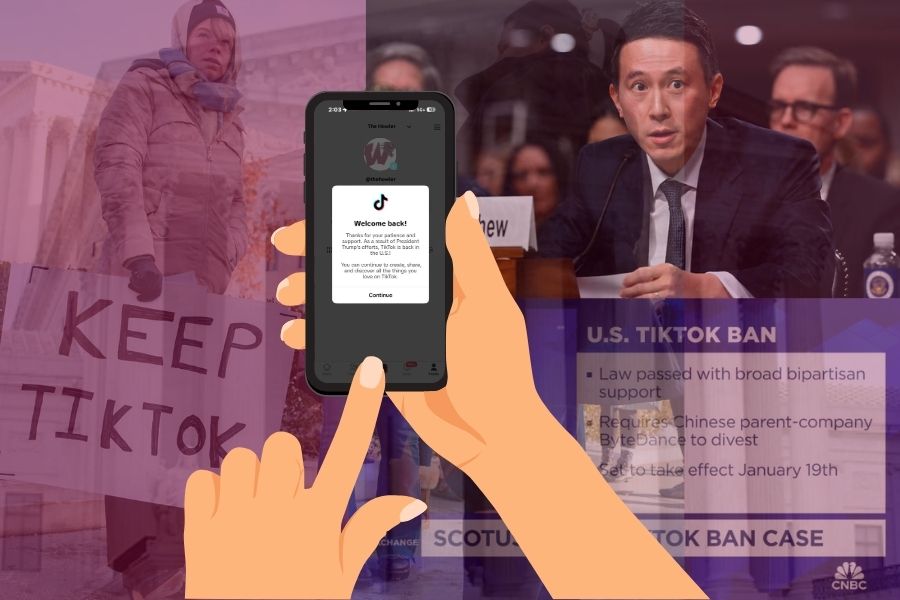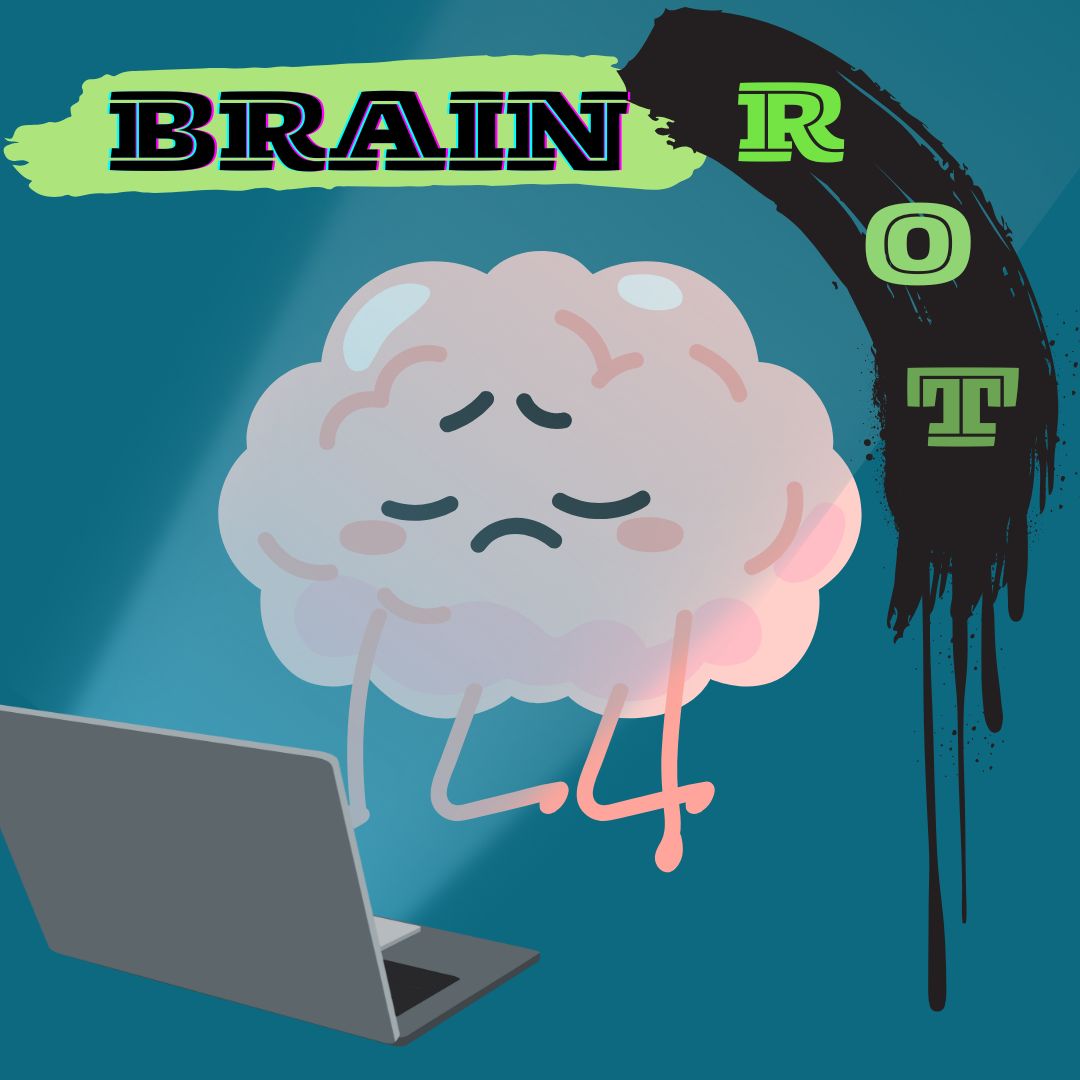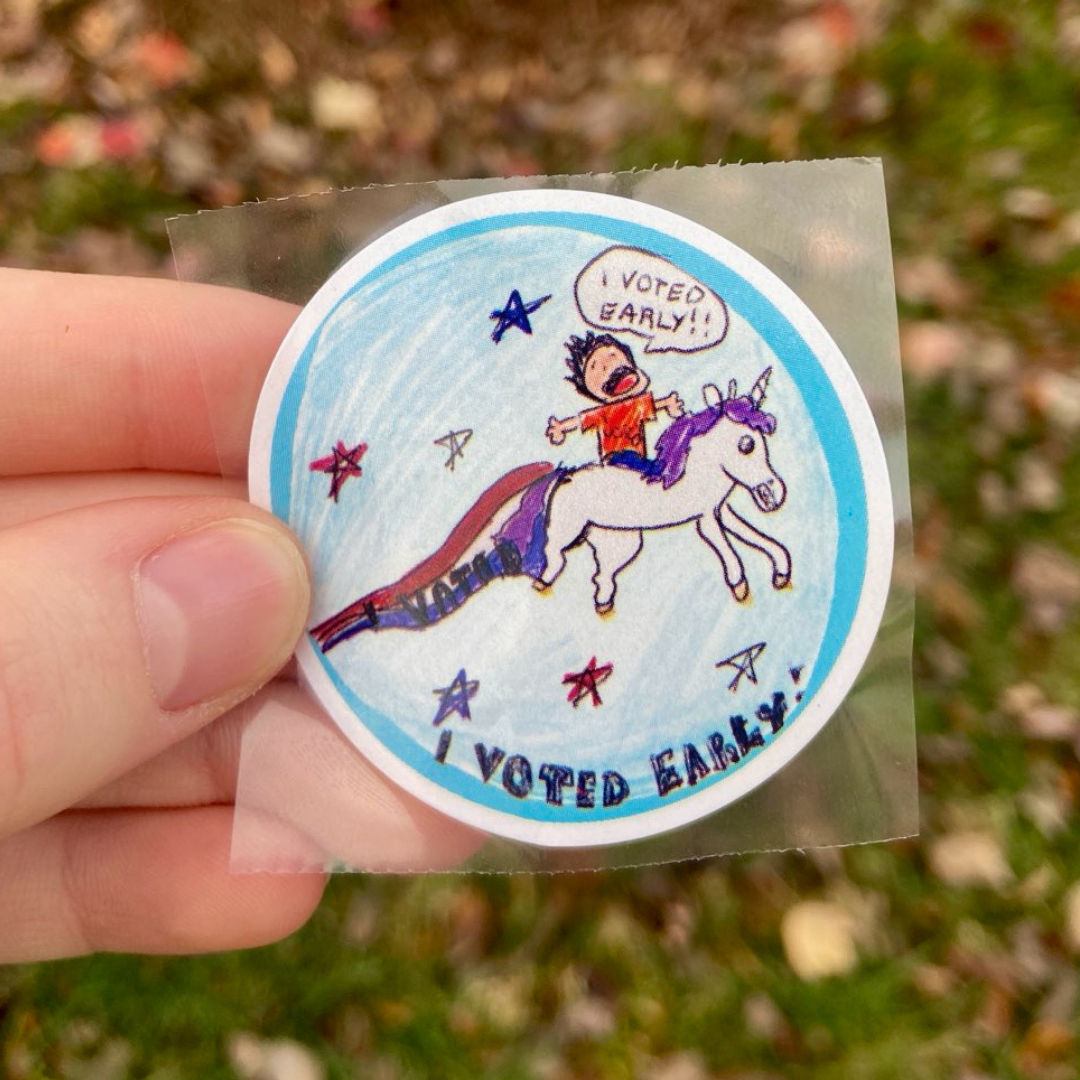With social media at its height, people continue to find ways to connect with others from all corners of the world – and one way that’s done is through literature. However, on formats like TikTok, Instagram and other apps, there seems to be a rise in popularity for books with cover art that doesn’t match their contents. That isn’t to say that book covers should give away the plot or shouldn’t have some vague symbolism, but when it’s obviously misleading – whether on purpose or accidentally – that can cause problems and many upset readers.
Despite the common saying and what a majority would like to think, most people have a habit of judging books by their covers. Research suggests it only takes 100 milliseconds for a person to form an impression based on a visual stimulus. If there’s a book with a cover that looks like it came out of a kid’s cartoon or coloring book, odds are that it’s going to attract the attention of a younger audience. However, if that same book just so happens to contain explicit content that isn’t appropriate for that age range and it’s not forewarned on the back’s blurb, some kid out there is going to be in for a not-so-fun surprise. Of course, there’s the argument that parents should be looking out for these types of things, but if all they see is a cute, colorful book that looks safe for middle-grade readers, they’re unlikely to get suspicious and look deeper into the title and author unless they’re already familiar with them.
These specific types of books have been gaining a mass of popularity on social media platforms. TikTok especially has seen the brunt of this, with this kind of content usually found under the tag “#BookTok.” Bookstores like Barnes & Noble and book aisles in places like Target have even given books known with this hashtag their own section – making it that much easier for kids to access and recognize these kinds of stories. It is more likely than not that they are going to want to emulate their favorite influencer by getting a book they’ve recommended, despite it being written for people far older than them and probably containing language, themes, and actions that they just shouldn’t know about yet.
The most prominent and well-known books that fit in this category are the ones by authors Hannah Grace and Elle Kennedy – as well as many like them – who seem to write stories with hyper-sexual and mature themes while having bright, cartoony covers. An article discussing the controversy of “Icebreaker”, a book by Grace, warns parents to watch out for this title and others like it, calling it blatantly pornographic even though it resembles something meant for children.
So, while book covers should be creative and are meant to entice people to read them, they shouldn’t purposefully mislead or contradict the contents of the story or look to attract an audience that it’s not intended for. It’s safe to say that the art of book covers is a large part of the reason they’re picked up in the first place – but if what people get isn’t what they’ve been advertised, and not just in the sense of a good plot twist, then what’s the point of buying it at all?









